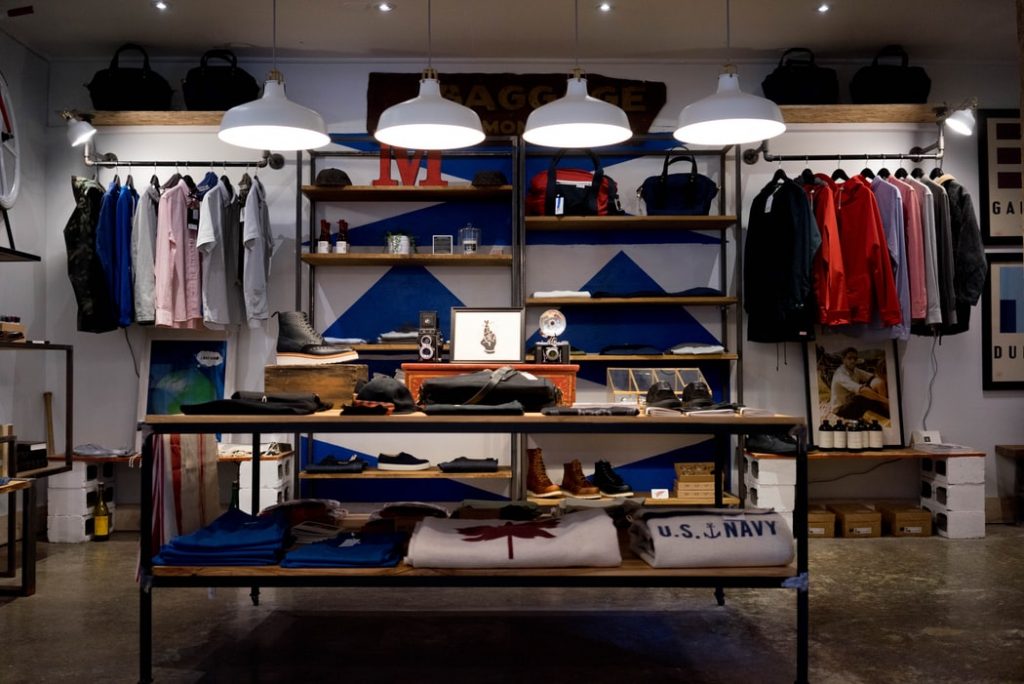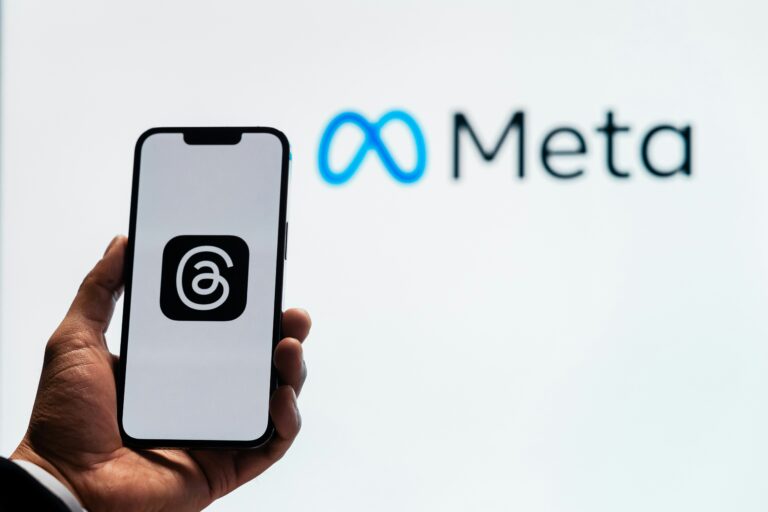The phrase “business development” can be intimidating. After all, it sounds like something only big corporations dabble in. Thoughts of power lunches in power suits come to mind. But just because you don’t have an arsenal of sales executives and vice presidents doesn’t mean you can’t develop your business in a rewarding way. That is, after all, the definition!

Know Your Goal
Let’s use the example of a fictional clothing company named Threaded. They sell online and have a storefront in their Texas town. In recent years Threaded has experienced the same pain point as other retailers: a drop in foot traffic. Digital marketing efforts keep the e-commerce business on fire but have yet to get people in the store.
The owners task their marketing agency with increasing store visits followed by setting a revenue growth goal. There are multiple traction channels in play: unconventional PR, outside advertising and viral marketing. But they decided on seeking local partnerships. Enter the business development traction channel. And a few baseball teams.
A Standard Partnership
This form of business development is as simple as it sounds. In practice, two entities work together to reach an established goal. Ideally, the partnership is to the benefit of both parties. The important piece is that each partner brings something to the table the other can’t execute on by themselves.
Athletic wear, including shirts and jerseys, compromises a huge piece of the Threaded bottom line. They also believe in community first business. Combining these two things leads them to a partnership with the town’s Little League.

Threaded designs and produces shirts for each of the six teams. Each has different graphics and colors, but the consistent piece is the prominent Threaded logo. The unique value each partner brings to the table? The Little League gets free shirts they badly need and Threaded gets brand awareness on the backs of a hundred kids and coaches. They also get billboards in the various parks.
Is That Really Developing Business?
Of course! A common outcome of strategic business development is brand awareness. While this is a byproduct of traction channels like advertising, this is organic. And aside from production costs, free. Every time those Little Leaguers take the field parents and friends see the Threaded logo. Pizza parties after the games? Same. It’s the repetition that leads a person on main street pop into the store when they recognize the logo.
As we often talk about successful execution in one traction channel can lead to success in other channels. In this case, there are two examples. Specifically, since Threaded is giving the shirts to the league for free they are getting good press. From mentions in the newspaper to general word of mouth, they are benefiting from the traction channel PR. Without any additional effort! Additionally, images of the kids wearing the shirts start popping up on Instagram and Facebook, both from the players and parents. All of a sudden people not at the game are seeing the branding.
When pursuing a standard partnership as your way of developing business both sides must win. In this case, success.

Licensed to Sell
Threaded is in a unique position that it has multiple avenues to execute strategic business development. This second example is equally as effective and somewhat the opposite of the Little League venture.
Sticking with their athletic wear trend, Threaded decides to license the name and art rights for Texas A&M. In this case, you have one company – a university – who has a recognizable brand but wants it seen wider. You have another company – threaded – who designs amazing products but needs a recognizable brand to attract eyeballs. And thus sales.
Both the school and Threaded get free advertising out of this partnership. People are advertising the school just by wearing the shirts and hats. Threaded starts becoming the college’s “brand” and it’s hard to go to a football stadium or music festival without being flooded with their products.
Winners all around again!
If you’d like to learn more about the business development traction, specifically how to validate efforts through data, check out this video. You can also subscribe to our YouTube channel for additional videos and listen to our podcast for even more content!








